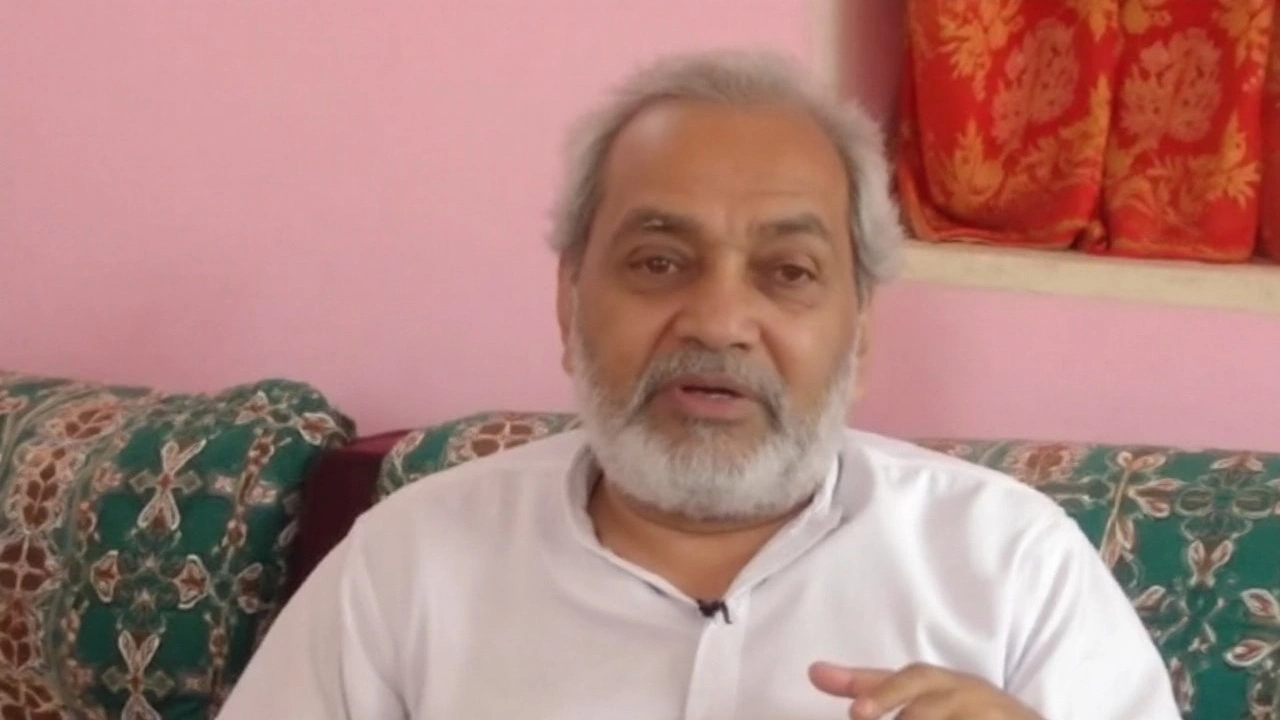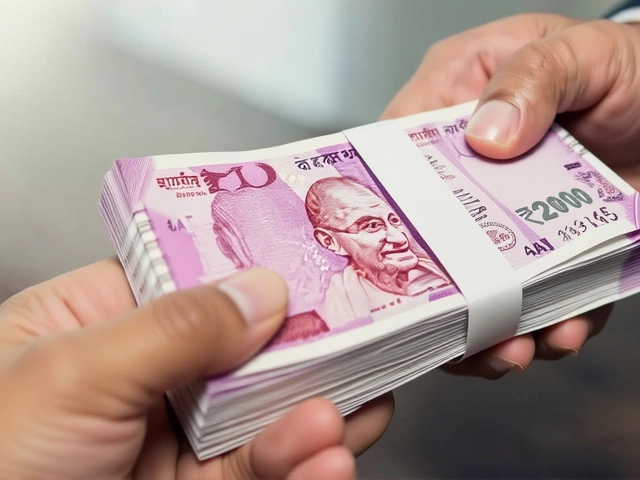Elections India: What You Need to Know Right Now
India’s election season is here, and it’s affecting everything from traffic on the roads to the way investors think. Whether you’re a student, a startup founder, or just a regular citizen, the choices made at the ballot box will ripple through your daily routine. In this guide we break down the essential dates, the big‑picture impact on the economy, and easy ways to keep up without getting overwhelmed.
The main national election is scheduled for October‑November 2025. Voter registration deadlines fall in early September, and the final list of candidates is expected by mid‑September. State elections in Karnataka, West Bengal, and Tamil Nadu are also slated for the same window, so you’ll see a flurry of campaigns, rallies, and media coverage across the country.
Why the Elections Matter for Startups
Startups often watch elections like a weather forecast – you want to know if a storm is coming or if it’s a clear day for growth. Policy changes after the vote can shift tax rates, affect funding rules, and even alter the ease of doing business. For example, a government that pushes for more digital infrastructure can open doors for fintech and ed‑tech firms, while a focus on manufacturing incentives might boost hardware startups. Keeping an eye on the parties’ manifestos helps you anticipate where the next wave of opportunities could arise.
Funding cycles are also tied to political stability. Investors feel more confident when there’s a predictable regulatory environment, which usually follows a decisive election result. If the outcome looks uncertain, you might notice a temporary slowdown in venture capital activity. Knowing this, many founders plan product launches or fundraising rounds either before the election hype peaks or after the results settle.
How to Stay Updated During the Vote Rush
Don’t let the constant news flood drown you. Pick two reliable sources – a national newspaper’s digital edition and a reputable news app – and set up daily alerts for “elections India.” Social media can be noisy, so use the platform’s mute or keyword filter option to skip repetitive posts. A quick 10‑minute morning scan is enough to catch major headlines without getting stuck in endless analysis.
Another easy trick is to subscribe to a weekly election roundup newsletter that summarizes the most important developments. These newsletters often include a short “impact section” that tells you what the news means for sectors like finance, tech, and consumer goods. If you’re running a startup, add a short note in your team’s weekly meeting about any policy changes that could affect your roadmap.
Finally, if you’re eligible to vote, make sure you’ve registered and know your polling station. Voting in person not only fulfills a civic duty but also gives you firsthand insight into the mood of your community. Many people discover local issues that national media misses, and those insights can shape product decisions that cater to regional needs.
In short, elections India are more than just a political event – they’re a catalyst that can shift markets, alter regulations, and change consumer behavior. By staying informed in a focused way and linking the news to your personal or business goals, you’ll turn the election buzz into a strategic advantage rather than a distraction.
EVM Debate Heats Up: Raghu Thakur Calls Out Double Standards Over Voting Machines
Raghu Thakur has taken a direct jab at politicians who blame EVMs only when they lose elections, sparking a fresh round of debate about the reliability of voting machines in India. The issue of EVM credibility is back in the spotlight amid ongoing political tensions.


